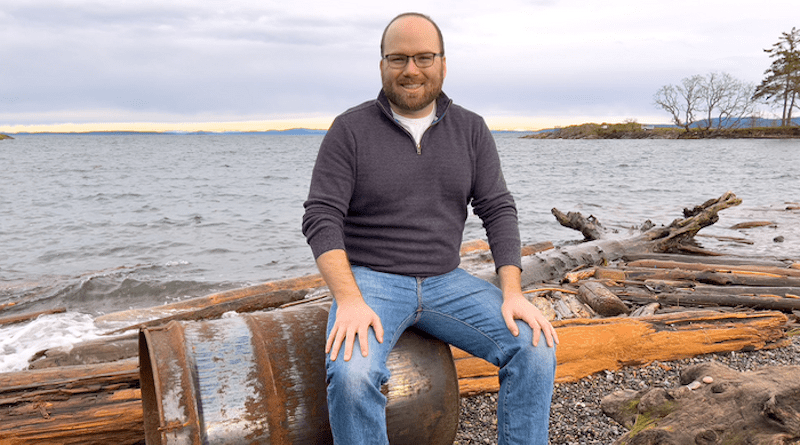Songs Of The Oceans Raise Environmental Awareness
For many people, there are few sounds as relaxing as ocean waves. But the sound of the seas can also convey deeper emotions and raise awareness about pollution.
At the upcoming 184th Meeting of the Acoustical Society of America, Colin Malloy of Ocean Network Canada will present his method to transform ocean data into captivating, solo percussion songs.
To construct his compositions, Malloy employs sound from underwater microphones, called hydrophones, and introduces elements inspired by ocean-related data such as temperature, acidity, and oxygenation. Listeners can find performances of Malloy’s music on YouTube.
In his piece, Oil & Water, Malloy represents the impact of oil production on the oceans. He plays an eerily catchy melody on steel drums and inserts noise to represent oil production over the past 120 years. The interjections increase throughout the piece to mimic the increased production in recent years. Near the end of the song, he uses oil consumption data as the oscillator of a synthesizer.
By representing data in this way, he hopes his music encourages listeners to reflect on the meaning and the medium.
“Art helps people digest information on an emotional level that typical science communication may not,” Malloy said. “I hope that in listening to these pieces, people use them as a space to reflect on what each piece is trying to portray. Ultimately, I’d like for them to help create awareness of the various issues surrounding the oceans.”
The aptly named field ArtScience encourages scientists and artists to learn from each other about communication, connection, and science. Ocean Network Canada’s artist-in-residence program recruits artists to work with scientists, engage with research, and connect to a larger cultural audience.
Malloy, who has an educational background in mathematics, computer science, and music, believes working in the balance of science and art provides him with a unique perspective.
“There is a lot of art in science and a lot of science to art — more than most people realize for either direction,” said Malloy.

